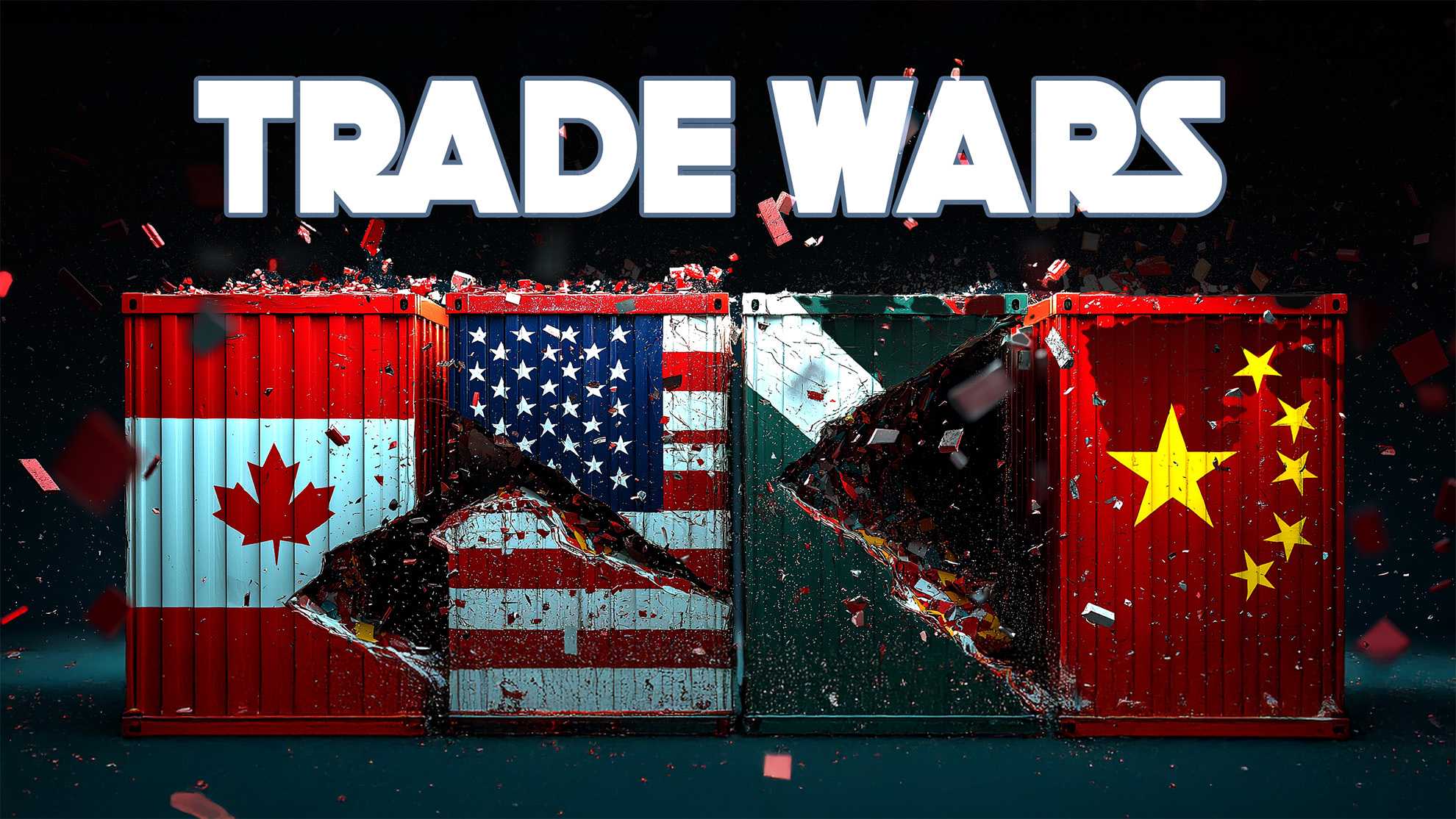Chapter 2 : Tariffs, Trade, and the Rise of the Buy Canadian Movement
“The real bosses, in the capitalist system of market economy, are the consumers.”
— Ludwig von Mises


Introduction
I remember when the first wave of tariffs hit Canadian goods a few months back – many of us braced for higher prices and strained business relations. What I didn’t predict was how those trade barriers would spark a powerful consumer response. Today, as a Canadian marketer and consumer, I see firsthand how tariff challenges have fueled a “Buy Canadian” movement that is reshaping marketing and e-commerce. This shift isn’t just political posturing – it’s changing how we shop, where we shop, and how brands tell their stories.
Tariffs Spark a Shift to Local Loyalty
In the beginning, the push to buy Canadian was a knee-jerk reaction to aggressive U.S. trade policies. Retaliatory tariffs and trade tensions – notably during the Trump-era trade war – triggered Canadians’ pride and resolve. What started as short-term defiance has transformed into a long-term change in consumer behavior. A recent survey underscores just how committed Canadians are to supporting domestic products.
Canadian Consumers Rally Around Local: The statistics say it all:

What began as a defensive reaction has evolved into a new norm of patriotic purchasing. 73% of Canadians say they would keep buying Canadian even if all U.S. tariffs vanished.
Marketing Canadian Products: Patriotism Meets Strategy
With consumers intentionally seeking out local products, marketers have responded by spotlighting Canadian origins and values in their campaigns. Shoppers are paying close attention – over 80% of Canadians now check labels to see where their purchases come from. This heightened awareness is a golden opportunity for brands to stand out by proudly showcasing their Canadian identity.
Successful companies weave patriotic themes into branding and storytelling:
- Packaging adorned with maple leaves and “Made in Canada” tags
- Ads celebrating Canadian heritage and authenticity
Consumers can tell the difference between token gestures and genuine pride. Brands that truly embrace their Canadian identity and stay transparent about their production are earning extra loyalty.
E-Commerce Giants Adapt to Local Preferences
The buy-local wave is also reshaping how big e-commerce players operate in Canada. Take Amazon, for example. The U.S.-based retail behemoth has realized Canadian shoppers want local choices, and it has adjusted accordingly.
- Amazon Canada’s “Canada Showcase” highlights homegrown brands across various categories.
- Amazon.ca now promotes Canadian-made items on its homepage—a clear sign that even a global giant is adapting to local-first preferences.

Similarly, Instacart – though an American platform – enables local shopping by partnering with Canadian grocers. It works with over 90 retail banners in Canada (including Sobeys, Metro, and others to deliver from more than 6,000 stores nationwide ). When I order groceries via Instacart, I’m still buying from my neighbourhood supermarket; the app is just a facilitator. In this way, convenience meets conscience: Canadians get the ease of online shopping without feeling like they’ve abandoned local retailers.
Challenges and Opportunities for Brands
The current tariff environment presents a mixed bag for businesses:
-
Challenges
- Pricier imports and unpredictable trade policies force companies to rethink supply chains and pricing.
- International brands face a tougher sell as Canadians grow wary of “foreign” products.
-
Opportunities
- Consumers willing to pay a premium for local quality allow homegrown brands to command better margins.
- Launching special “Made in Canada” product lines can capitalize on patriotic sentiment.
- Sponsoring local events and championing Canadian causes deepens community ties and cements loyalty.
- Focusing on local supply chains makes companies less vulnerable to global trade volatility.
Conclusion
Canada’s recent tariff troubles have unexpectedly galvanized consumers and reshaped the business landscape. The Buy Canadian movement now goes far beyond short-term trade reactions; it’s about strengthening local bonds and forging a distinct consumer identity. From marketing campaigns that proudly display our flag to e-commerce platforms adjusting their offerings, everyone is adapting to this change in consumer behavior.
That’s not to say the transition is easy – companies still have to navigate pricing pressures and keep their messaging authentic. Yet these challenges are also paving the way for Canadian businesses to thrive on home turf. By navigating these shifts, we’re discovering new possibilities: innovating, telling our own stories, and showcasing what makes Canadian products special. The brands that rise to the occasion won’t just weather the storm; they’ll emerge more trusted than ever.